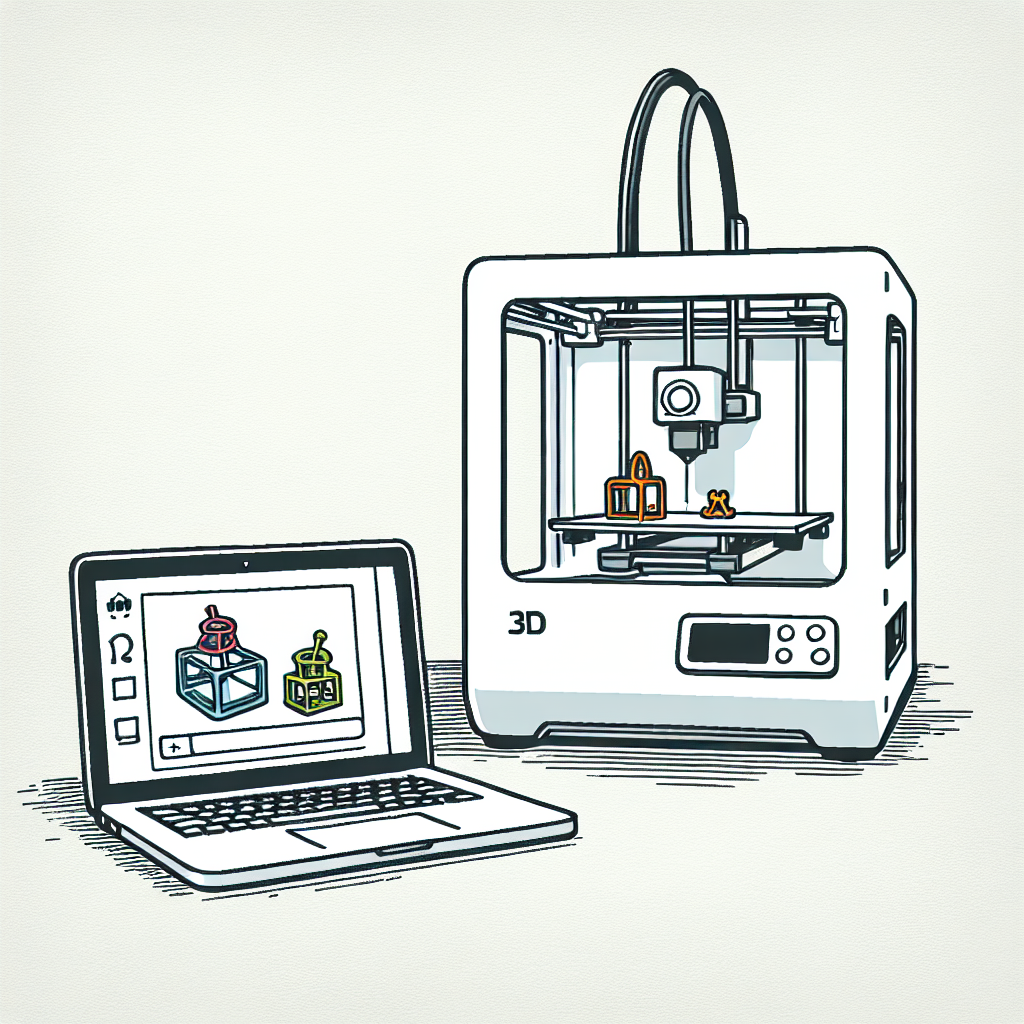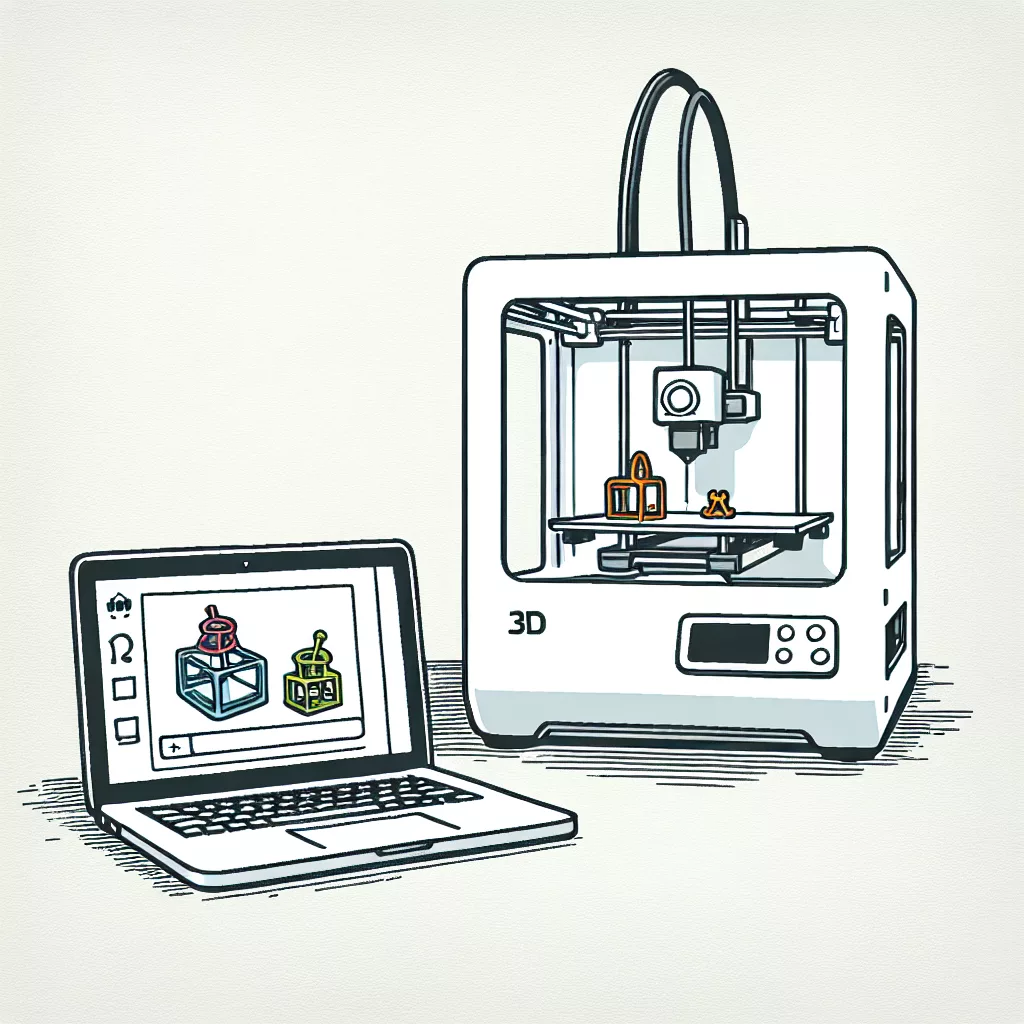Getting started with 3D printing can be exciting yet overwhelming, especially when choosing the right software. Fortunately, beginners have many excellent free options to explore. Here we’ll cover the best free software that simplifies the learning curve and lets you quickly start creating impressive 3D prints.
Why Free 3D Printing Software Matters for Beginners
As a beginner in 3D printing, it’s crucial to select software that’s approachable, intuitive, and offers a smooth learning curve. Free software means you can explore, make mistakes, and experiment without investing money upfront. This approach helps beginners build confidence and gain experience while keeping their hobby affordable.
Best Free 3D Modeling Software for Beginners
TinkerCAD – Ideal for Absolute Beginners
Developed by Autodesk, TinkerCAD is one of the simplest cloud-based modeling programs designed specifically for beginners. Its drag-and-drop interface makes it easy for anyone to start designing 3D objects within minutes.
- Pros: User-friendly interface, cloud-based storage, extensive support and tutorials.
- Cons: Basic features limit complex design possibilities.
- Ideal for: Absolute beginners, students, educators, and hobbyists.
Blender – Powerful and Flexible
Blender is an open-source software widely known and respected in the design community. While it has a steeper learning curve than TinkerCAD, Blender offers powerful modeling, sculpting, and rendering tools that allow new users to gradually improve their skills.
- Pros: Powerful modeling features, robust community and tutorials, allows complex designs.
- Cons: Steeper learning curve initially.
- Ideal for: Enthusiastic beginners who want to expand their skills and create complex 3D models.
FreeCAD – Best for Engineering and Technical Designs
FreeCAD is open-source software ideal for precise engineering and architectural models. It provides parametric modeling, which allows you to easily modify your designs by simply adjusting dimensions.
- Pros: Parametric modeling, highly accurate, robust toolset for mechanical design.
- Cons: Interface can be intimidating for absolute beginners.
- Ideal for: Beginners interested in engineering, mechanical, architecture, and technical designs.
Best Free Slicing Software for Beginners
Ultimaker Cura – Most Popular Slicer
Cura is one of the most widely used slicing software developed by Ultimaker. It’s intuitive, easy-to-use, and offers many advanced settings hidden under a beginner-friendly interface.
- Pros: User-friendly interface, regularly updated, large community and extensive printer compatibility.
- Cons: Can be overwhelming at first due to extensive options.
- Ideal for: Complete beginners and users seeking reliable slicing software that grows with their skills.
PrusaSlicer – Excellent for Beginners and Experienced Users Alike
Created by Prusa Research, PrusaSlicer offers a well-balanced user experience that caters both to beginners and advanced users. Its interface is intuitive, and it comes packed with helpful presets for various printers and filament types.
- Pros: Easy preset configurations, intuitive workflow, constant community-driven updates and improvements.
- Cons: Slightly fewer printers supported out-of-the-box compared to Cura.
- Ideal for: Beginners seeking ease of use and streamlined workflows without sacrificing flexibility.
Best Free 3D Printer Control Software for Beginners
OctoPrint – Remote Printing and Monitoring
OctoPrint is a powerful open-source solution for remotely controlling and monitoring your 3D printer. It runs locally via a Raspberry Pi or a dedicated computer, allowing beginners and experienced users alike to manage their prints without being physically present.
- Pros: Remote monitoring, extensive plugins available, easy-to-use web interface.
- Cons: Requires additional hardware (like Raspberry Pi).
- Ideal for: Beginners seeking convenience, remote management, and enhanced print monitoring.
Repetier-Host – Comprehensive Printer Control
Repetier-Host is another excellent free software option offering comprehensive printer control and slicing capabilities. It incorporates manual control options, slicing integration, and an intuitive setup to help beginners quickly get started.
- Pros: Integrated slicing capabilities, manual printer control, compatible with many printers.
- Cons: Interface feels less modern compared to competitors.
- Ideal for: Beginners who want an all-in-one software solution for controlling and slicing prints.
Final Thoughts
The key to a successful start in 3D printing is finding the software that suits your needs and skill level. TinkerCAD and Cura provide the easiest entry points, while Blender, FreeCAD, and PrusaSlicer offer more advanced features as your skills grow. Whichever software you choose to start with, remember that the journey into 3D printing is one of experimentation, creativity, and continual learning. The software highlighted above provides a solid foundation to help you bring your digital creations to life.


Andrea
I know this if off topic but I’m looking into starting my own weblog and was wondering what all is needed to get setup?
I’m assuming having a blog like yours would cost
a pretty penny? I’m not very internet savvy so I’m not 100% sure.
Any suggestions or advice would be greatly appreciated.
Thanks